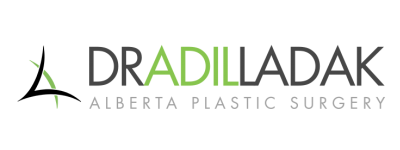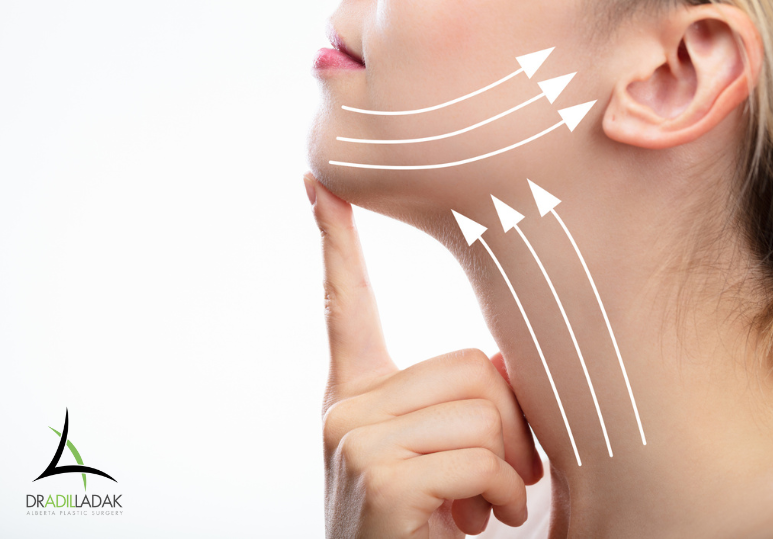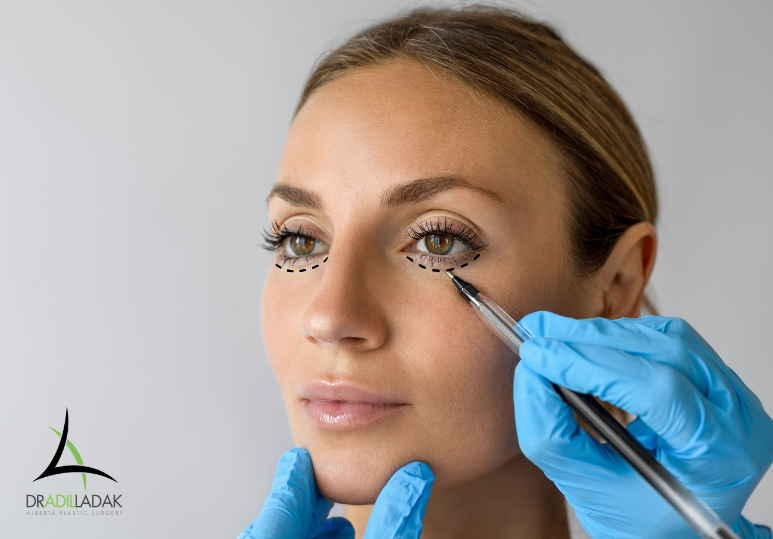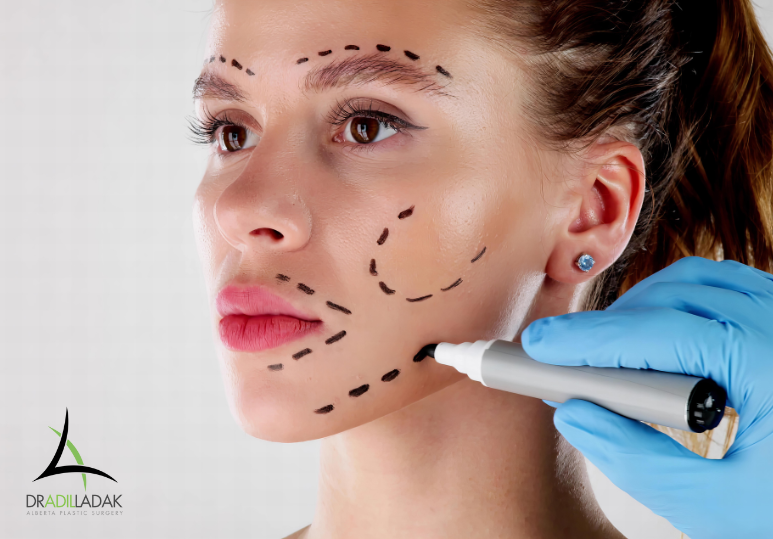Botox is now being used for issues other than wrinkles (such as thinner lips), and many people are curious about whether it is safe. Our Edmonton Botox specialists discuss these off-label uses.
While here at Alberta Plastic Surgery, we specialize in using Botox for cosmetic purposes to reduce fine lines and other signs of aging, Botox has been approved by Health Canada for several other uses. You may have heard of the “Botox Boob Job”, but did you know some doctors use Botox injections to treat everything from depression to overactive bladder?
Botox Basics
Botox is a portmanteau of Clostridium Botulinum toxin, or the toxin behind botulism. You know of botulism as the reason not to eat food from dented or improperly sealed cans and jars, so how can Botox have so many approved medical uses? It’s all in how you do it.
Botox works by temporarily blocking signals from your nerves to your muscles, thereby paralyzing the muscle and forcing it to relax (or, rather, preventing it from contracting). When ingested in contaminated food, the botulinum toxin is unregulated and can spread to muscles with deleterious effect, causing muscle weakness, paralysis and even death. However as with anything, the dose makes the poison, and in very small doses directly to specific muscles, its relaxation and paralyzing effects can be helpful.
We should note that “Botox” is a name brand product of the Allergan company; it is approved in Canada as well as other brands. It is not the same thing as dermal or tissue fillers, though the word is often used to refer to those. Botox is required to have the strongest warnings available on the box indicating possible complications including weakness and paralysis spreading from the intended injection site. Throughout this article, we will use Botox to refer to any botulinum toxin injection, not fillers and not solely the name brand product.
Approved Uses
Health Canada approves pharmaceuticals for use through the Health Products and Food Branch. Botox has been approved in Canada for nearly thirty years, since 1990, but the uses for which it has been allowed has expanded since then.
Migraines
If you suffer from debilitating migraine headaches for fifteen days out of the month, lasting at least four hours a day, you may be eligible to receive Botox treatment for your headaches. Doctors using the serum for cosmetic purposes noted reports of decreased headaches in patients and began to study the effect. Further studies showed significant improvement in patients, and it was approved for this use in 2011.
Overactive Bladder
While we aren’t exactly sure what causes migraines to know why Botox helps, we know exactly why Botox helps sufferers of overactive bladder. Patients suffer from overactive bladder when their bladders spasm, making it feel as though they need to urinate and sometimes causing urinary incontinence. Relaxing the bladder muscles prevents these spasms. Botox was approved for treatment in a limited capacity for this use in 2012.
Crossed Eye and Eyelid Twitching
Botox originally began as an eye medication! It was founded to treat crossed eyes and quickly followed with treatment for excessive uncontrolled eyelid twitching and other spasming muscles. Allergan, the company behind Botox, bought the product hoping to reach the eye health market, as it also made dry eye treatments and similar.
Excessive Sweating
One of the most surprising uses on the list, hyperhidrosis or excessive sweating has been proven treatable with Botox! It stops the glands from releasing sweat, and as with most of these unorthodox uses, began to be studied when doctors noticed people receiving Botox for other purposes exhibited less facial sweat.
Neck and Arm Spasms
As you would expect by now, muscles that are prone to spasm are the perfect candidate for Botox treatment. Two other approved uses are for cervical dystonia or sudden uncontrollable neck spasms, and focal spasticity such as arm tremors after a stroke.
Unapproved Uses
Canada does not prohibit off-label uses for drugs. This means that once a drug is approved for a prescription for one purpose, doctors may prescribe it for another purpose if they think it will help. Many approved uses for drugs begin off-label and then after more research is conducted, become approved. This has been the case with Botox.
Depression
Dr. Norman Rosenthal, one of the leading researchers into depression, prescribes Botox to patients with major depressive episodes. He’s the one who originally determined light therapy helped depression and identified Seasonal Affective Disorder. He hypothesizes that Botox helps depression due to the facial feedback systems it affects. The brain relies on cues from the body to determine mood and emotion, and by directing your muscles to relax and prevent frowning, you can affect your mood.
Temporomandibular Joint Disorder (TMJ)
TMJ is a painful jaw condition that causes lockjaw, pain when chewing, popping, and often accompanies teeth grinding (bruxism). Botox has been tested to relax the jaw muscle and provide relief from pain and tightness.
Cosmetic Purposes
As with any medical condition, consult your doctor before considering any treatment options. If you’re interested in Botox for cosmetic purposes, our Edmonton botox specialists are happy to discuss it with you. Book a consultation through our online contact form.





